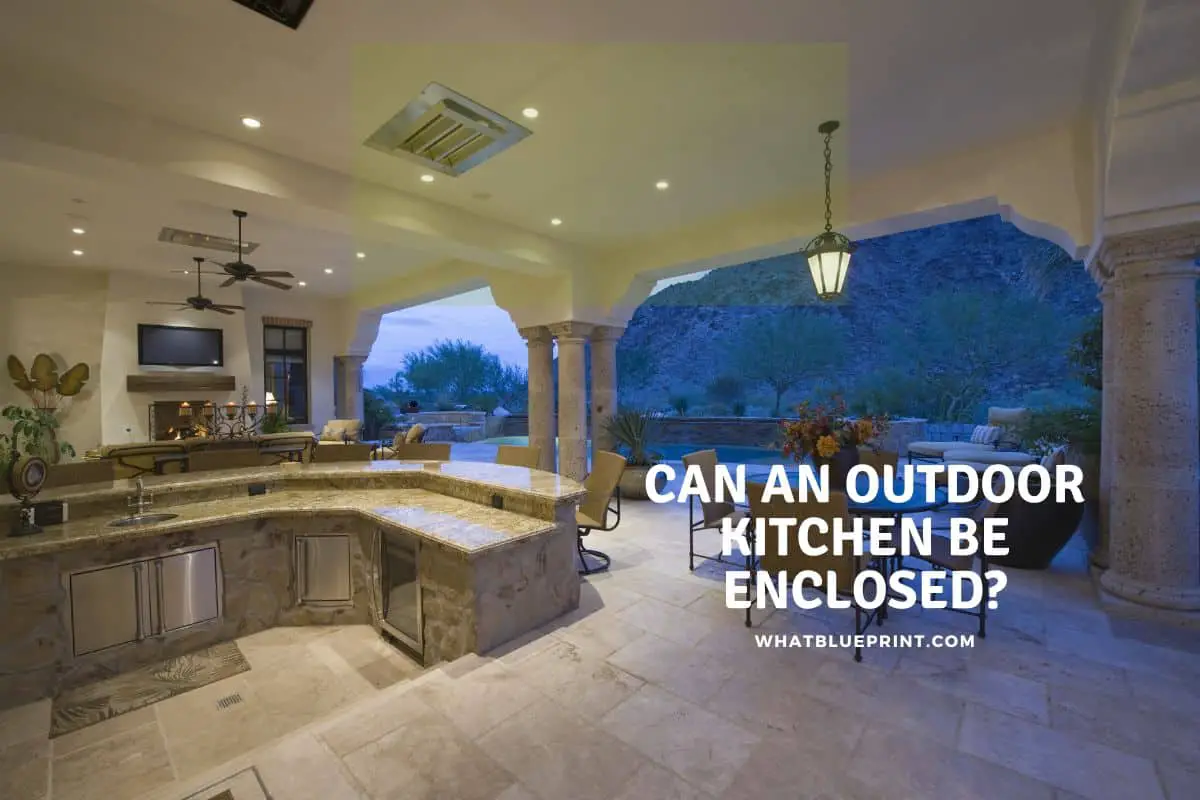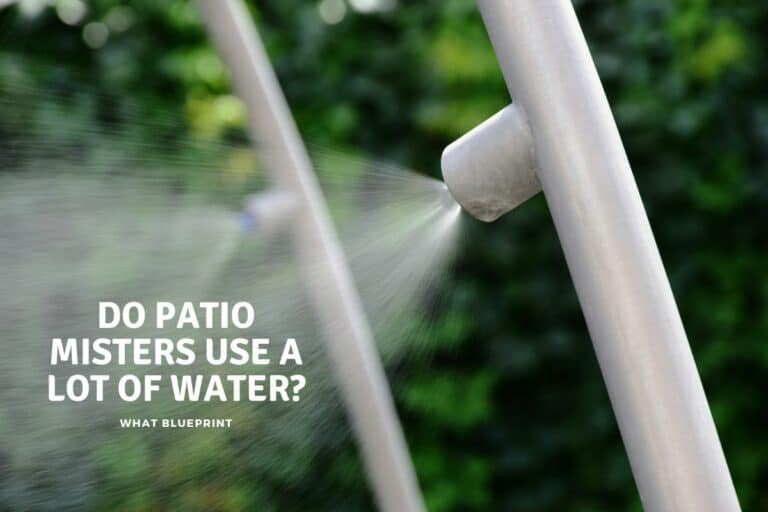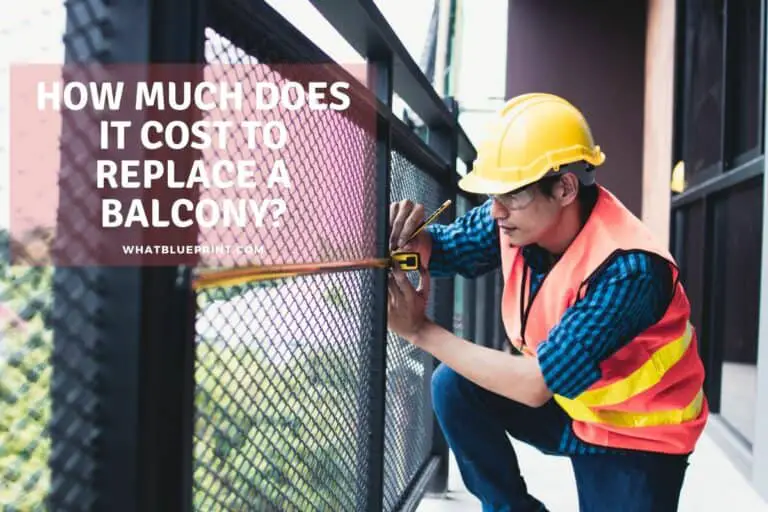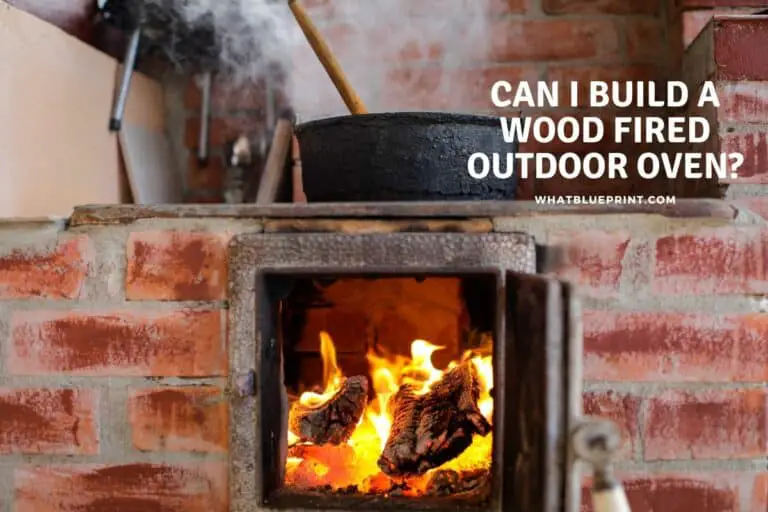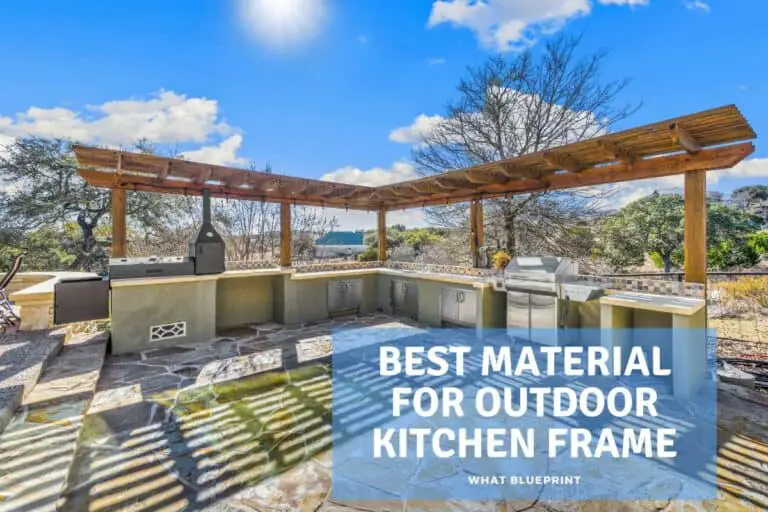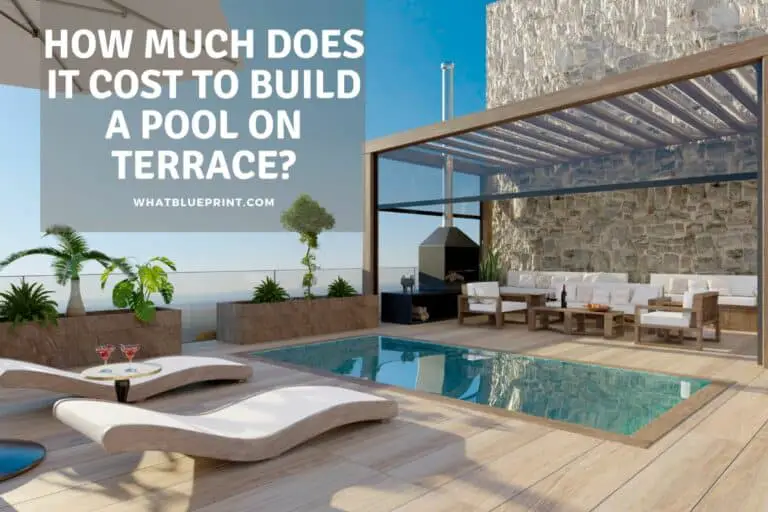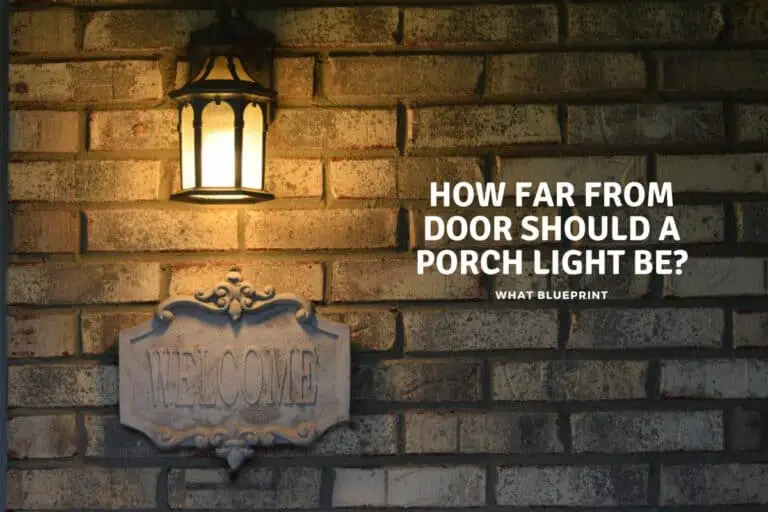Can An Outdoor Kitchen Be Enclosed?
People enjoy being outside in the fresh air and sharing delicious food with family and friends. The best place to do so is in an outdoor kitchen, a convenient location where you can prepare a full meal and socialize with your guests. But can an outdoor kitchen be enclosed?
An outdoor kitchen can be enclosed on one or more sides to provide shelter from the natural elements. An enclosure prolongs the life of kitchen furniture and equipment and allows for more time outside regardless of the weather. Outdoor kitchen enclosures can be permanent or temporary structures.
A carefully placed barrier, wall, or roof could enhance your cooking and dining experience without detracting from the essence of being outdoors.
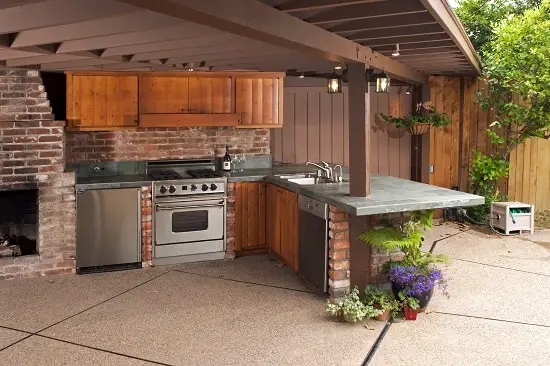
Can You Enclose An Outdoor Kitchen?
Enclosing an outdoor area used for cooking and dining is common practice among landscape designers and architects, using thoughtfully designed partitions to suit the needs of homeowners.
Is An Outdoor Kitchen Better Open Or Enclosed?
An enclosed outdoor kitchen may seem counterintuitive and detrimental to the overall ambiance of an outdoor kitchen. Is compartmentalizing the area more beneficial to the overall experience, or is it more of a hindrance?
The table below lists a few pros and cons of an outdoor kitchen enclosure.
Does An enclosed Outdoor Kitchen Need To Be Permanent?
Assess what protection is required, and take time to survey the area and check for potential problems. Then, decide what shelter is required and how much cover is needed.
The next decision is whether the enclosure should be a permanent addition to the house or a temporary shelter to use when required. If you are building your kitchen far from the house you may need to look at shelter depending on yoru climate.
What Are Permanent Enclosures For An Outdoor Kitchen?
Structures that stand alone or are extensions of the house are considered permanent enclosures. They usually have a ceiling and optional side panels. The following are examples of permanent installations:
- Patio Roofing made from wooden beams, posts, and connecting rafters. It is attached to the outside wall of the house.
- Pergolas are upright structures usually made from wood, with louvered slats or latticed beams as cover.
- Pagodas are similar to pergolas but with a closed roof. They are primarily manufactured from aluminum and steel. Roofing is made using corrugated sheets or vinyl or PVC shade cloth.
- Retractable or fixed awnings have canvas or fabric panels attached to a mechanized structure, which can slide on tracks or wires. Other options include a lateral swing arm, tension shades, or vertical screens.
- Walls can be constructed DIY or done professionally. An outdoor kitchen can be enclosed by a full or half wall made from brick or wood.
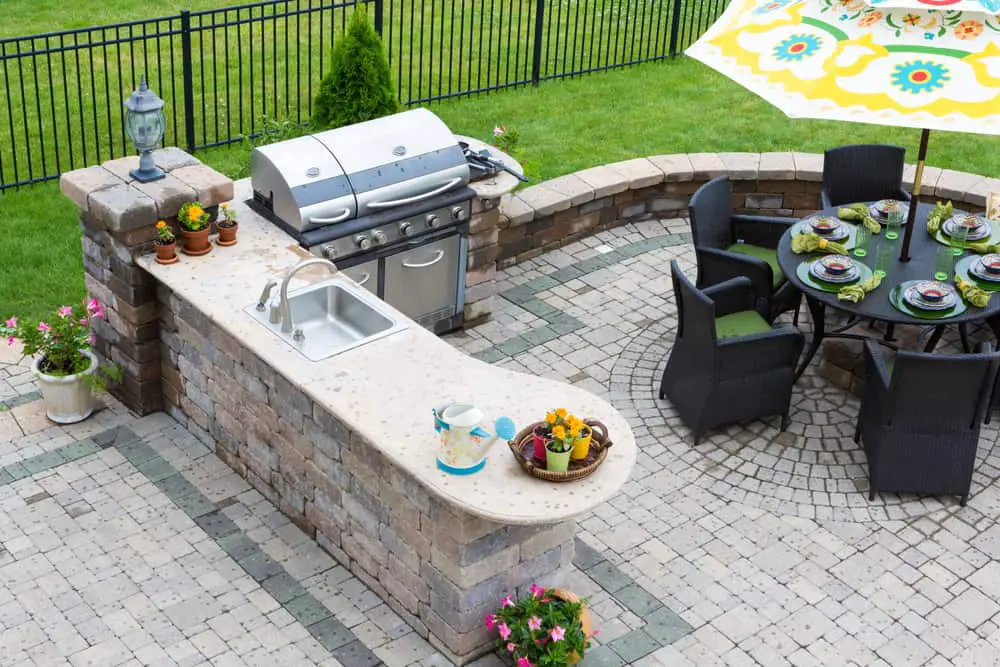
Temporary Or Removable Structures
An outdoor, fully open-plan kitchen is a fantastic feature until extra protection from the weather or more privacy from neighbors is needed. There are prefabricated products available as a solution.
- Patio umbrellas are always practical. They are manufactured from wood and canvas and are available in different sizes and designs.
- Sail shades are triangular pieces of fabric with metal eyelets in the corners. They can be tied to trees, poles, or trusses using strong twine or rope.
- Privacy Screens are freestanding, folding barriers that are fashioned from wood, metal, or ABS. They are manufactured in a multitude of designs and styles.
- Pop-up canopy tents are similar to marquee tents and are purchased fully assembled. They have an adjustable frame with a material cover that can be custom printed. The tent can be erected anywhere in minutes. There are many different sizes and design options.
A suitable enclosed outdoor kitchen will be more protected from the weather and create a private, more intimate space to enjoy, but some negatives can arise from an installation. Consider all the options before making a decision.
After weighing up the options, consider consulting with specialists and then check with the local building department for any permits that may be needed. All that remains is to decide whether this is a DIY project or an installation that needs professionals.
We have a host of articles on Outdoor kitchens from constructions to appliances which you can check out on the site. We have a list of three popular ones below but you can search for kitchen as well.
Conclusion
Diligent orientation is the key to effectively created an enclosed outdoor kitchen to provide more space, shelter, and comfort. There are options for any budget. You may need to check with the neighbors if the construction is large as it may impede their property or view, and check with the local building inspectors if you need any further necessary permits.

